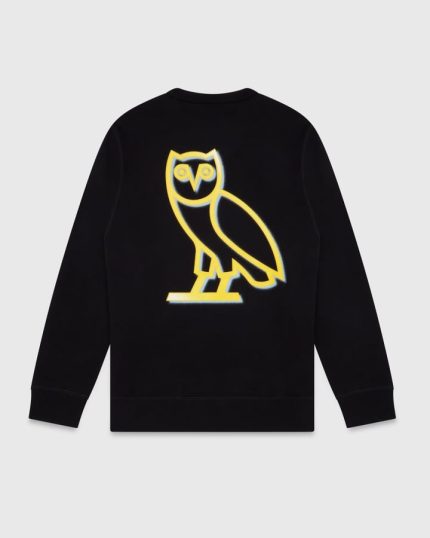Circular fashion is about designing products for a closed-loop lifecycle, where garments are made to be repaired, reused, or recycled.
- Textile Recycling: Advances in recycling technology are making it possible to break down used fabrics into raw fibers that can be re-spun into new yarns. This is crucial for reducing textile waste and making the fashion industry more circular.
- Blockchain for Transparency: Blockchain technology is being used to track garments through every stage of their lifecycle. This transparency helps ensure that products are recycled or disposed of properly, supporting circular fashion initiatives.
3. Sustainable Supply Chains
Technology is also improving the sustainability of supply chains by making them more efficient and less polluting.
- Automation and Data Analytics: These technologies help optimize logistics, reducing the carbon footprint associated with transportation. Accurate demand forecasting also helps minimize overproduction.
- Real-Time Monitoring: Sensors and Internet of Things (IoT) devices track water and energy use throughout the supply chain. This helps brands manage resources more efficiently and cut down on waste.
4. Consumer Engagement and Education
Educating consumers and promoting sustainable choices is another key aspect of the fashion industry’s shift towards sustainability.
- Sustainability Apps: Applications like Good On You provide information on the environmental and ethical practices of various brands. This helps consumers make informed decisions about their purchases.
- Social Media: Brands use social media platforms to share their sustainability efforts and connect with environmentally conscious consumers. This not only raises awareness but also fosters a community of individuals who support sustainable practices.
Conclusion
The shift towards sustainability in fashion goes far beyond the choice of materials. It involves rethinking manufacturing processes, adopting circular fashion principles, enhancing supply chain efficiency, and engaging consumers in sustainable practices. By leveraging these technological innovations, the fashion industry is making strides toward a more sustainable future, where environmental responsibility and stylish design can go hand in hand.




